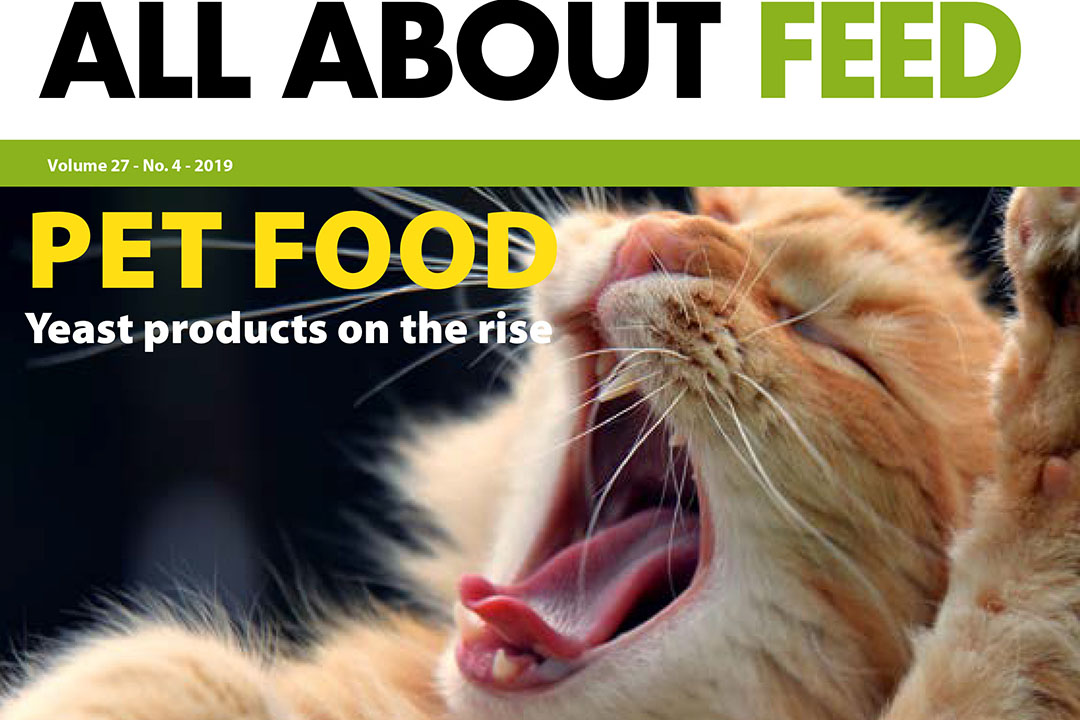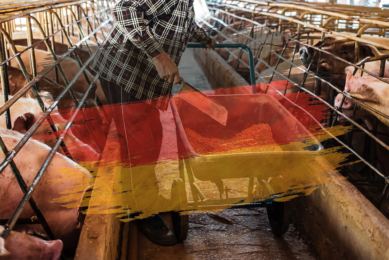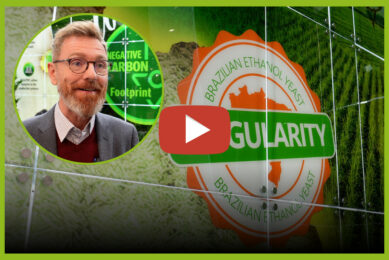Technology focus in issue 4 of All About Feed

The May edition of All About Feed (issue 4) can now be read in the digital magazine section. In this issue we delve into some feed technology issues and we look at the use of yeast in pet food.
Health and well-being in pet food
Yeasts are becoming a common ingredient in livestock diets, because of their beneficial properties. Yeasts are known to help optimise the actions of the gut microflora, improve defence and resistance to oxidative stress and support the general immune system for example. All of these properties are not only wanted for livestock (food producing) animals, also pets can benefit. At the same time, pet owners are becoming more and more concerned about the general well-being of their dog or cat. Over the last decades, a lot of research and development has therefore been done into looking for certain nutrients that can help promote animal health and well-being. One of them is yeast. Read more about this on page 22 of this issue.
Focus on extrusion
Pressured by the increasing feed commodity prices and the stagnating of farm prices of animal products, farmers constantly strive to reduce production costs. Extrusion of the feed can help. Extrusion is one of the most common methods of hydrothermal treatment of feed and food, known for more than 50 years. This method has long been popular particularly among the producers of fish feed and pet food. In the process, the complete compound feed is shaped by the extruder into the form of granules, which are subsequently treated, mostly by drying, coating and cooling. The aim of extrusion is to produce granule-shaped compound feed sufficiently coherent and mechanically resistant, fulfilling the requirements of shape, size and texture, or properties important for aquatic environments. Read more about this in the article from Farmet on page 18 of this issue.

Wayne Cooper’s latest feed processing column
All About Feed’s columnist Wayne Cooper, feed mill and machinery expert at Anderson Feed Technology in the US delves into the issue of truck loading time at feed mills. A feed mill that does 200,000 tons per year in 250 working days needs 33 loads per day. This corresponds to a total loading time is 660 minutes or 11 hours! Regardless of how many trucks you have, it takes this long just to load the feed. The current solution is to add trucks, add loading bays, extend hours/night delivery, etc. Manpower, manpower, manpower! If we can cut loading time to 5 minutes, we save 495 minutes or 8.25 hours per day in trucking time. Sounds like we need one less truck per day. Read the whole column on page 34 of this issue.
Wayne Cooper, feed mill and machinery expert at Anderson Feed Technology
More exciting topics in this issue are:
- China going for safe feed
- Piglet diets without AGPs
- Physical quality of feed
- Acid based eubiotics
- Rehabilitation of the gut
- The quest for biomarkers
To read all the articles in this issue for free, go to the magazine overview page and sign up with your current website login. Not a login yet? it only takes a few minutes. Click here to make one.












